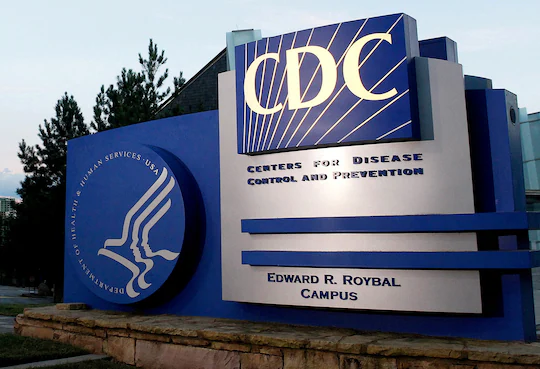The Centers for Disease Control and Prevention (CDC) resumed publishing its Morbidity and Mortality Weekly Report (MMWR) on Thursday after an unprecedented two-week hiatus, but experts are raising concerns about the information that was left out, especially regarding the bird flu virus.
The CDC had planned to release three studies on the H5N1 bird flu virus in its Jan. 23 report, but the publication was delayed due to an instruction from the Trump administration on its first day in office, halting all external communications across federal health agencies. These studies, including one examining whether cattle veterinarians were unknowingly infected with H5N1, remain unpublished, even as the outbreak continues to spread.
While the CDC’s report on Thursday included two studies on wildfires, including the health impacts on firefighters and emergency room visits in California, experts have expressed disappointment that other pressing health threats, including the ongoing bird flu outbreak, were not addressed. Former CDC Director Tom Frieden voiced his concerns, stating:
“Although I’m encouraged that the MMWR is being published again, I’m surprised and concerned that it doesn’t contain any reports on bird flu spreading in animals and people, the new strain of mpox spreading, or other emerging health threats.”
The MMWR, a critical resource for public health officials, clinicians, and researchers, had been published weekly without interruption since 1952, even during government shutdowns. It typically contains multiple reports on disease investigations and public health trends, but Thursday’s publication was noticeably shorter, with only two reports spanning just over eight pages.
The silence around the bird flu outbreak is particularly troubling, as health officials continue to monitor its spread. At least 67 people have been infected, most of them farmworkers, and the first US death from the virus occurred in January. Despite federal health officials assuring the public that the risk to most people remains low, those in close contact with sick animals, such as veterinarians and farmworkers, are at higher risk.
In addition to the bird flu reports, former CDC officials and public health experts are urging the agency to release more comprehensive reports on emerging health threats. Dr. Sonja Rasmussen, a former editor-in-chief of the MMWR, emphasized the importance of providing up-to-date information on diseases like bird flu, which has the potential for a larger outbreak.
The delay in publishing critical health data has fueled concerns that political pressures may be influencing the CDC’s ability to communicate essential public health information. This concern echoes similar issues from the Trump administration, which faced criticism for attempting to control the MMWR’s content, particularly during the COVID-19 pandemic. As CDC communications gradually resume, public health experts are calling for transparency and the timely release of information on all emerging health threats, free from political interference.
With input from the Washington Post and the Associated Press.









The latest news in your social feeds
Subscribe to our social media platforms to stay tuned